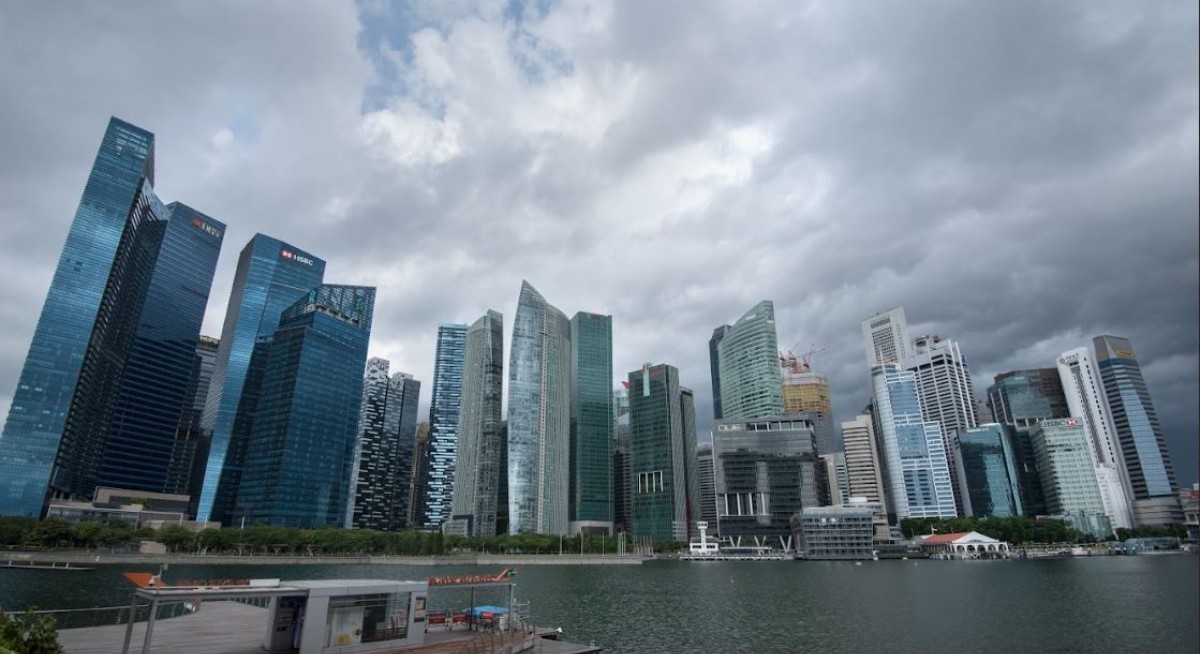Traders are betting that Singapore’s swap rates will need to rise to offset an expected weakening of the currency.
The city-state’s dollar is around the lowest levels in five months versus the greenback, which may put upward pressure on local rates. The central bank is also less likely to pump liquidity in the near-term, according to analysts. And while in the past Federal Reserve interest-rate cuts would help lower Singapore rates too, that link has broken down.
“We maintain an upward bias for Singapore dollar interest rates on a multi-month horizon,” said Frances Cheung, head of foreign-exchange and rates strategy at Oversea-Chinese Banking Corporation (OCBC) in Singapore.
Singapore dollar rates will likely look past further declines in greenback peers, as moves between the two “have decoupled” and as Fed fund rate cuts have been priced in, she added.
The two-year local swap rates fell to the lowest level in more than 40 months in mid-September, and is currently at around 1.18%. Both one-year and two-year Singapore dollar overnight indexed swaps may rise to a range of 1.35% to 1.50% over the next few months, OCBC’s Cheung said.
Singapore’s dollar has weakened since the end of June against the basket of currencies of its key trading partners. The nominal effective exchange rate has pulled away from the top end of the Monetary Authority of Singapore’s policy band, Goldman Sachs Group estimates.
See also: Thailand vows to curb baht swings as currency hits 4-year high
Analysts see room for the trade-weighted Singapore dollar to keep declining, which is set to push up local rates even further. Citi sees further weakness in the Singapore dollar relative to the greenback potentially driving up Singapore money market rates, according to a note on Oct 1.
Nomura also sees “less intervention and injections of liquidity from the MAS” as the trade-weighted Singapore dollar has drifted away from the top end of the policy band — reducing the need for MAS to “defend”, strategist Nathan Sribalasundaram wrote in a note on Oct 15.
Expectations for easing from MAS have grown, though the central bank left policy settings unchanged in a decision this week.
See also: Taiwan forwards near most extreme in decades show US dollar pain
US rates have historically had a meaningful impact on Singapore’s since the island state lacks a policy rate anchor. In previous periods, the Singapore one-year OIS and its US equivalent moved in tandem. But this linkage has recently broken down due to a buildup of cash in Singapore’s money markets.
Since bottoming out on Sept 8, Singapore’s one-year OIS has risen six basis points, while its US equivalent has declined eight basis points, leading to a so-called pass-through ratio of minus 0.73.




